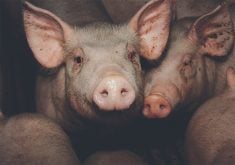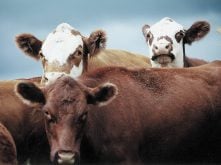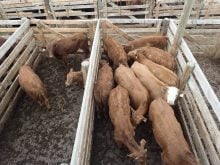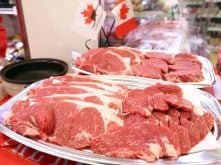Cypress County in Alberta’s southeastern corner was the first in the province to declare a state of agricultural disaster and for now the rural municipality intends to maintain that status, according to its agricultural supervisor.
“We’ve been getting the precipitation and it’s definitely welcomed. It’s certainly improving the disposition of many people,” said Lisa Sulz.
But the accumulations haven’t been consistent throughout the county, she added, highlighting several years of dry, windy conditions topped off with a heat dome in 2022.
Read Also
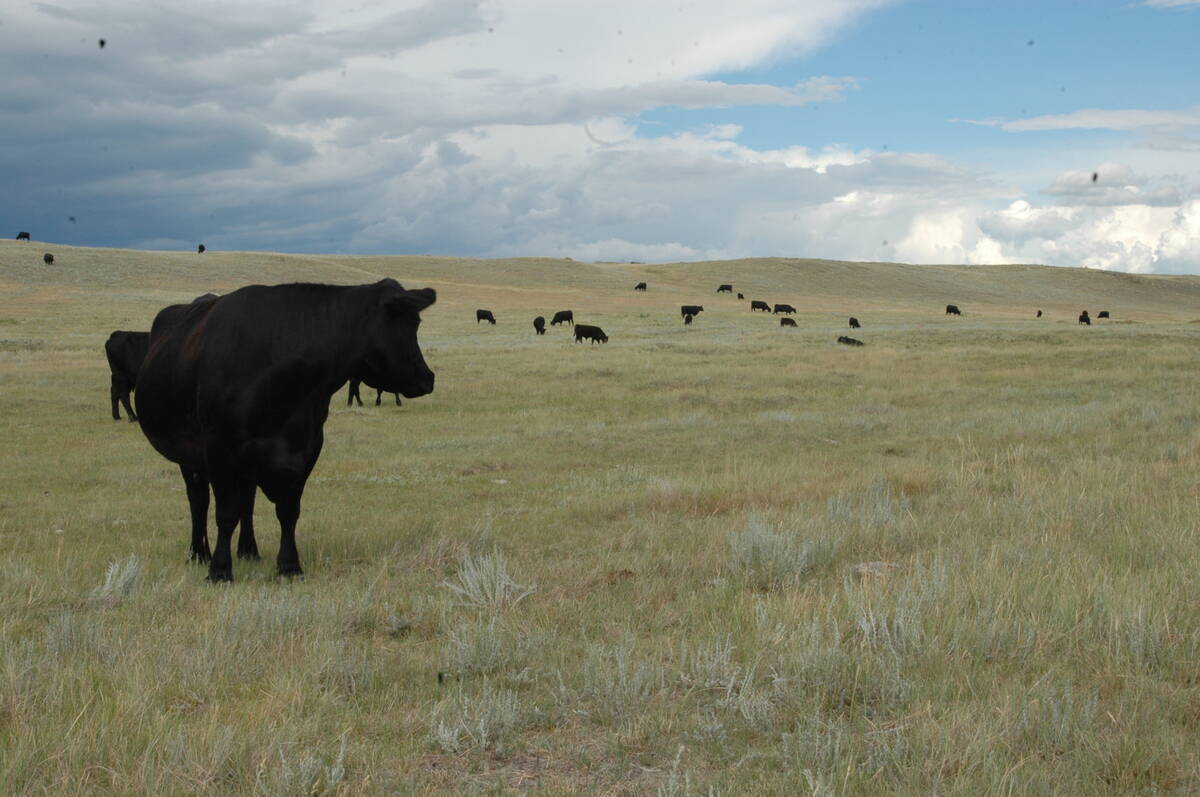
Saskatchewan Cattle Association struggles with lower marketings
This year’s change in the provincial checkoff has allowed the Saskatchewan Cattle Association to breathe a little easier when it comes to finances.
The county has some of the largest unbroken tracts of native prairie, which have struggled to provide enough grass to feed grazing cattle, forcing some producers to buy expensive feed.
“The rain is going to be a wonderful thing,” said Sulz, regarding the effect the recent precipitation will have on native grasslands. “It might be a little late but it’s going to help.”
That sense of relief is being felt across the province, according to Alberta Beef Producers chair Melanie Wowk.
“It’s just been a pressure release for everybody and if it keeps going, things are going to be a lot easier than they were last year,” said Wowk.
So far, she said tame pasture in the central part of Alberta looks good and even if that continues, upward pressure on feed prices could also continue.
“The question is our neighbours to the south,” said Wowk, indicating continued drought conditions in the western United States could keep feed prices high if U.S. producers look north to make up shortfalls.
Looking past the weather, Wowk said the current challenge is getting past the frustratingly low cattle prices, which should be rising due to shrinking inventory and healthy consumer demand.
“If they don’t, I don’t know what market signals we can rely on,” said Wowk.
As for Cypress County, Sulz said the declaration of a local state of agriculture disaster will remain in place to keep the issue alive for policy-makers until producers are secure in knowing this year won’t be a repeat of last.
“We’ll monitor and re-evaluate as the season goes on,” she said.






